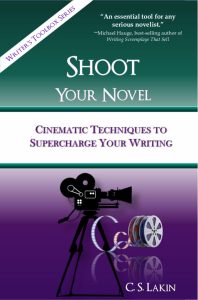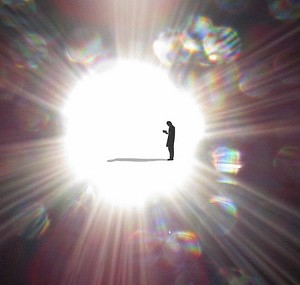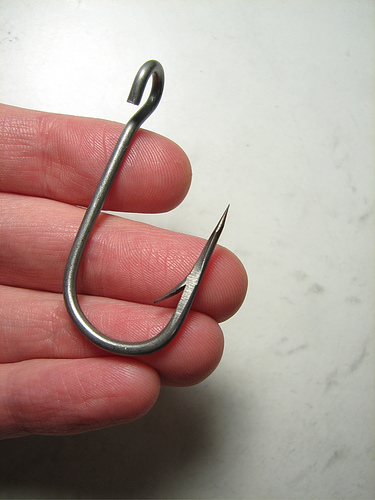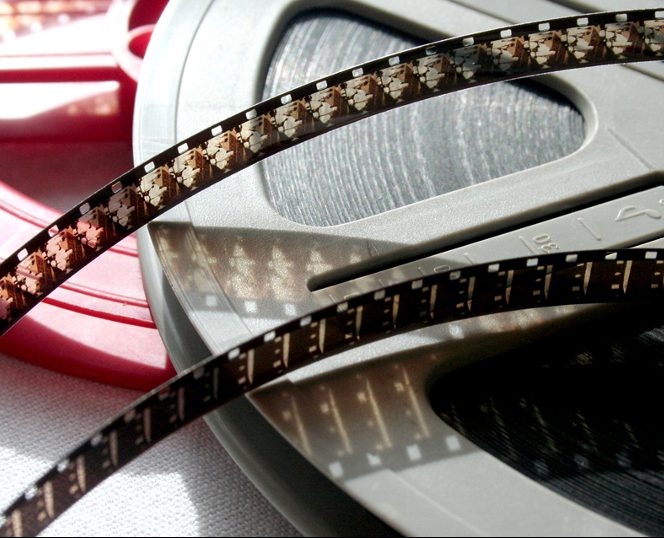Scene Structure: Should Writers Begin Scenes in Omniscient POV?
For this week’s Throwback Thursday, we’re looking at excerpts from past posts on Live Write Thrive that tie in with our exploration on scene structure.
From Wrapping Up a Look at Establishing Shots:
I want to touch on a few insights regarding Establishing Shots and how they come into play in writing twenty-first-century fiction. We are taught that it’s important to stay in one point of view in a scene. You may have a novel with a dozen POV characters (I often do in my novels), but as long as you keep each scene in one character’s head, you are okay.
Sure, writers can break this rule, but if you take a good look at the majority of novels published (and especially the best sellers), you’ll find it’s a fairly accepted rule. And there’s a reason for it. It can be jarring and disjointed to skip around in heads when you are playing out a scene.
Establishing Shots, however, in a novel are sometimes the only “acceptable” place to shift into an omniscient POV for a brief time. You may want to open with an aerial shot and zoom into a small street in a small town, or follow a bird as it flies down to a bird feeder outside the home of your protagonist. Novelists can get away with a little touch of detached camera effect before immersing the reader in their POV character’s head.
Sorry, Most Novels Are Not Written Like That Now
Back in the day, many fine novels unfolded this way, and John Steinbeck excelled in this method. In The Grapes of Wrath, he used the complete, short first chapter in an omniscient viewpoint to set the stage for the book. Then, in chapter 2, he ambled his way into action, eventually pulling out of that storytelling voice and into his protagonist’s POV. We watch a scene where Joad walks over to a diner and gets a lift from a truck driver, and through active dialog loaded with plenty to help the reader learn just who Joad is, setting up the tone, voice, and plot goals for the novel, Steinbeck shifts into action.
However, in this century, as I mentioned in earlier posts, readers don’t want to spend pages reading narrative and description. They want to see scenes played out in real time, with something happening right away that grabs them and gets them into the head of the characters. Some literary novelists with their evocative writing may be able to get away with pages of narrative. B
y infusing a scene with internal conflict and mystery, they may successfully rivet their readers without “shooting” the scene—or many scenes—at all. Certainly those types of books can become best sellers and are often highly acclaimed.
But since today’s reader is so accustomed to seeing stories on the screen, you may opt to lean more toward a cinematic approach and keep your Establishing Shot short and succinct so that you can move from there into the meat of the scene.
This wraps up our look at Establishing Shots. Keep in mind the key points:
- Keep your Establishing Shots brief, but give enough to make clear to the reader when the scene is playing out
- Show the Establishing Shot through your POV character and color the writing to reflect his mind-set and what he sees and feels about the place he’s in
- Use sensory details (sounds, smells, textures) to help immerse the reader in the setting quickly and give a more “tactile” feel for the setting
- If you use an omniscient POV just for the Establishing Shot, bring it quickly into your POV character and don’t ramble for pages
Photo Credit: h.koppdelaney via Compfight cc
For a deep look at how novelists can use cinematic technique, get Shoot Your Novel. No other writing craft book teaches writers how to segment their scenes the way filmmakers do, using camera shots and cinematic devices to create powerful scenes and evoke emotion.
 The most effective way to write scenes is to show, not tell, and this highly acclaimed book will give you unique tools to load your writer’s toolbox with.
The most effective way to write scenes is to show, not tell, and this highly acclaimed book will give you unique tools to load your writer’s toolbox with.
With Shoot Your Novel, Susanne Lakin does something wonderful and unique. While lots of us in the business of helping writers and storytellers recommend adding vivid images to scenes, Lakin goes much further to reveal how employing the tools and techniques of movie directing, editing and cinematography will give your fiction deeper meaning and greater emotional impact. Her book is an essential tool for any serious novelist.
—Michael Hauge, Hollywood screenwriting coach, author of Writing Screenplays That Sell
Get your print or ebook copy here!
If you’re interested in more about scene structure, be sure to subscribe to Live Write Thrive so you don’t miss the posts. Mondays we’re going deep into scene structure, and Wednesdays we’re looking at first pages of great novels to see why they work. Join us!












Hello Suzanne, I have a question. This post is useful but I’m still looking for feedback on something I’m using. This is the last scene (1,000 words +/-) in a science fantasy novel. I write the first 300 words in an omniscient pov as a setup; I write the last 700 words in protagonist third person pov (protagonist & personal pronouns) narrative & dialogue. It reads well but is this use of omniscient as a scene starter in the last scene gonna cause editors grief???
Yeah, more than likely it could. However, as I explain in Shoot Your Novel, sometimes we see an opening scene or partial scene in a novel that is omniscient and then segues into third person, so that’s fairly acceptable. And it may work in a final scene too. But the reader is used to a specific POV the entire novel, so if you introduce something very different only at the end, it could feel jarring or disingenuous.
What is the purpose of starting a “NOVEL” scene as OMNISCIENT and then introduce your Character in Third Person Limited?.
GLEN. PLEASE GIVE A REPLY.
Some authors like this cinematic technique, as explained in the post, with giving an impersonal camera view of a situation, then quickly moving into the POV character’s head. It’s just a technique, and while not used often it can be effective.